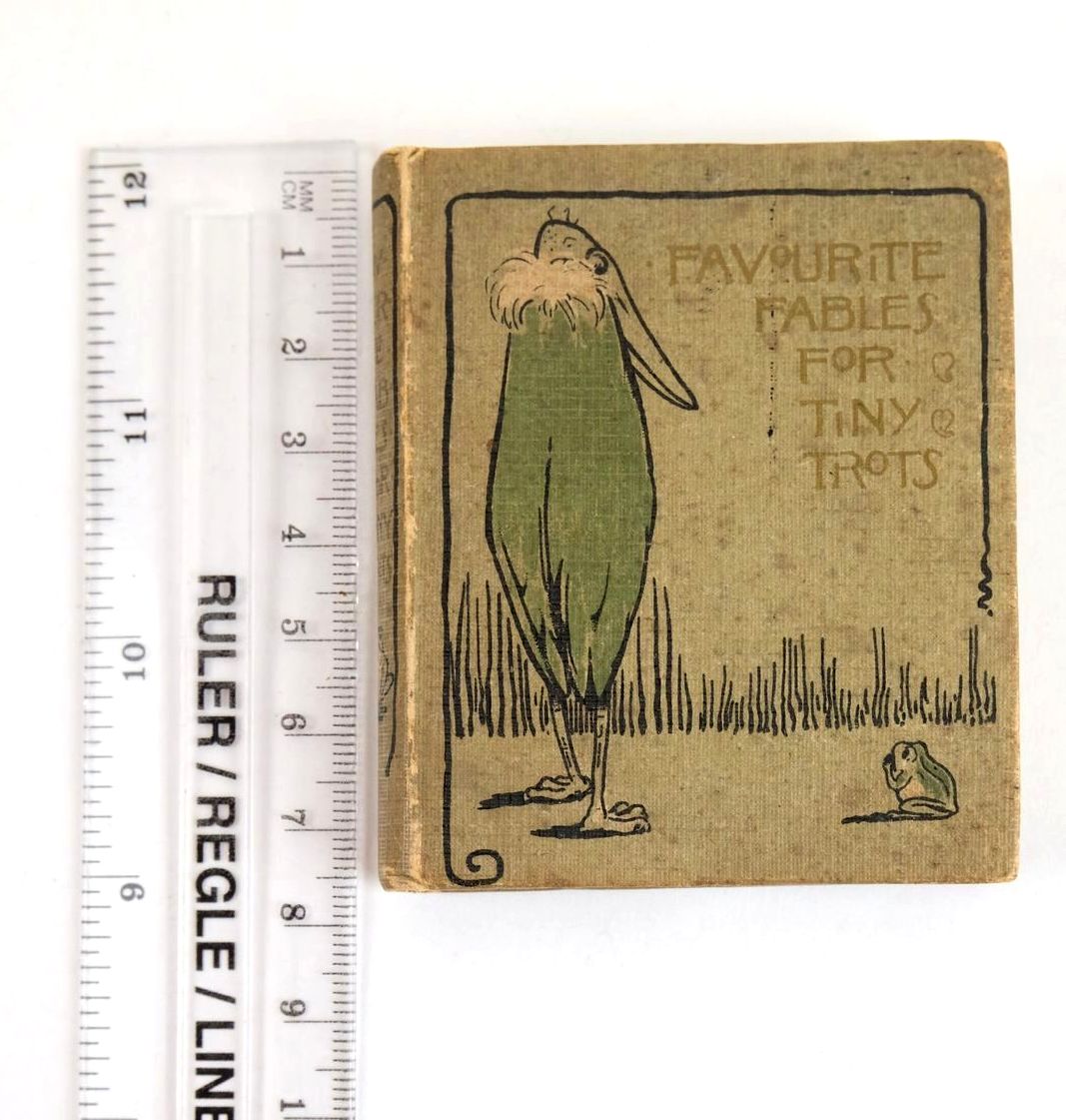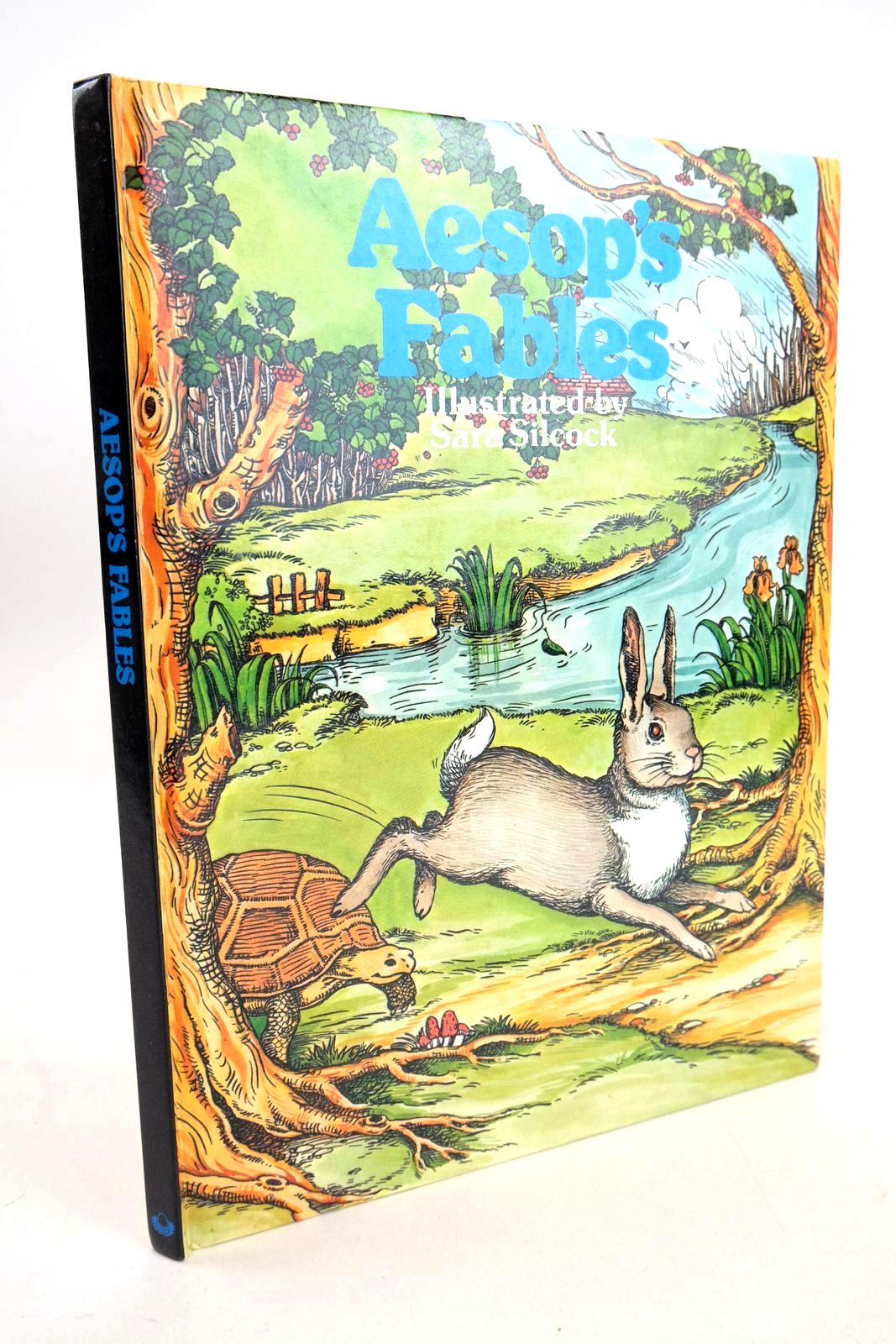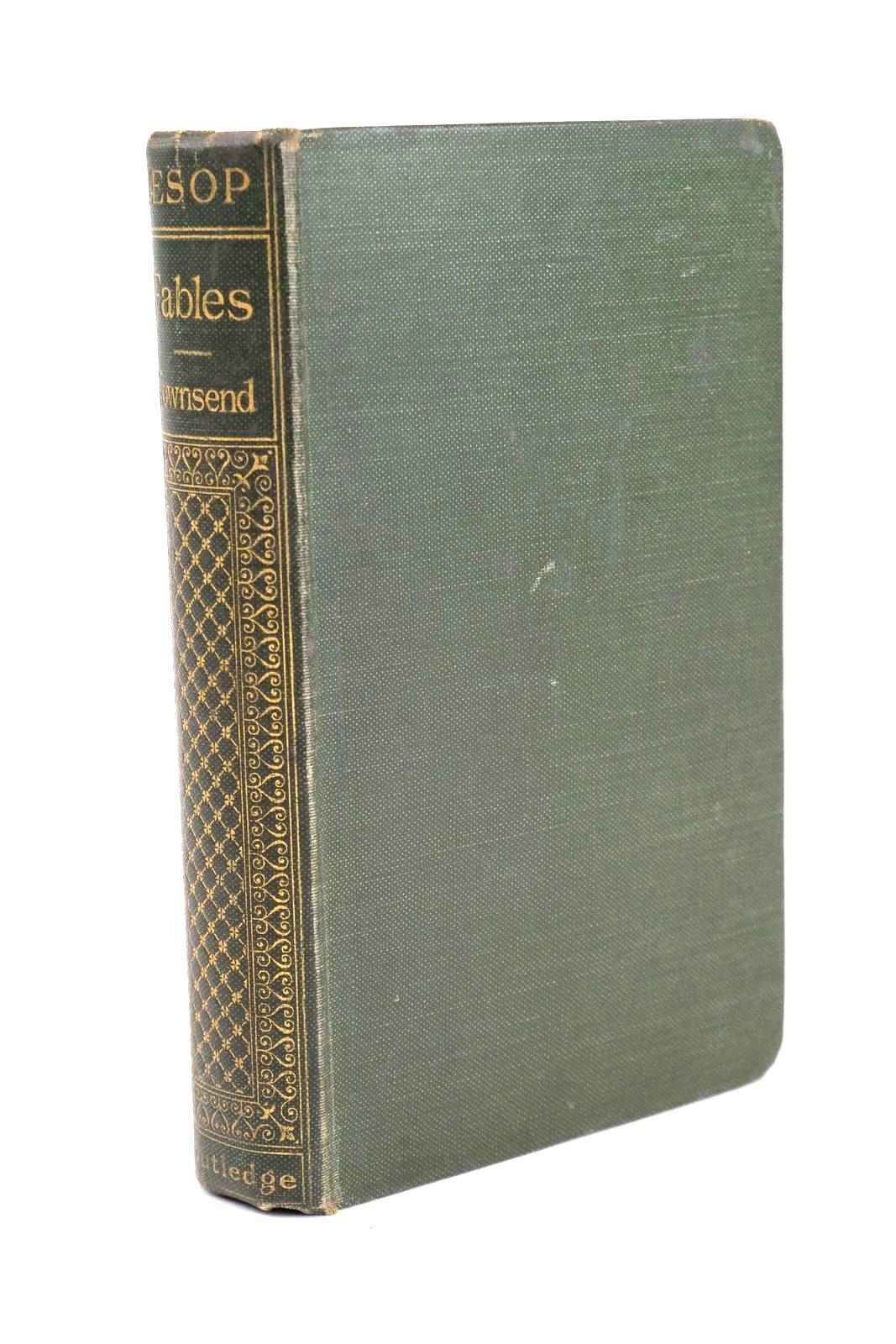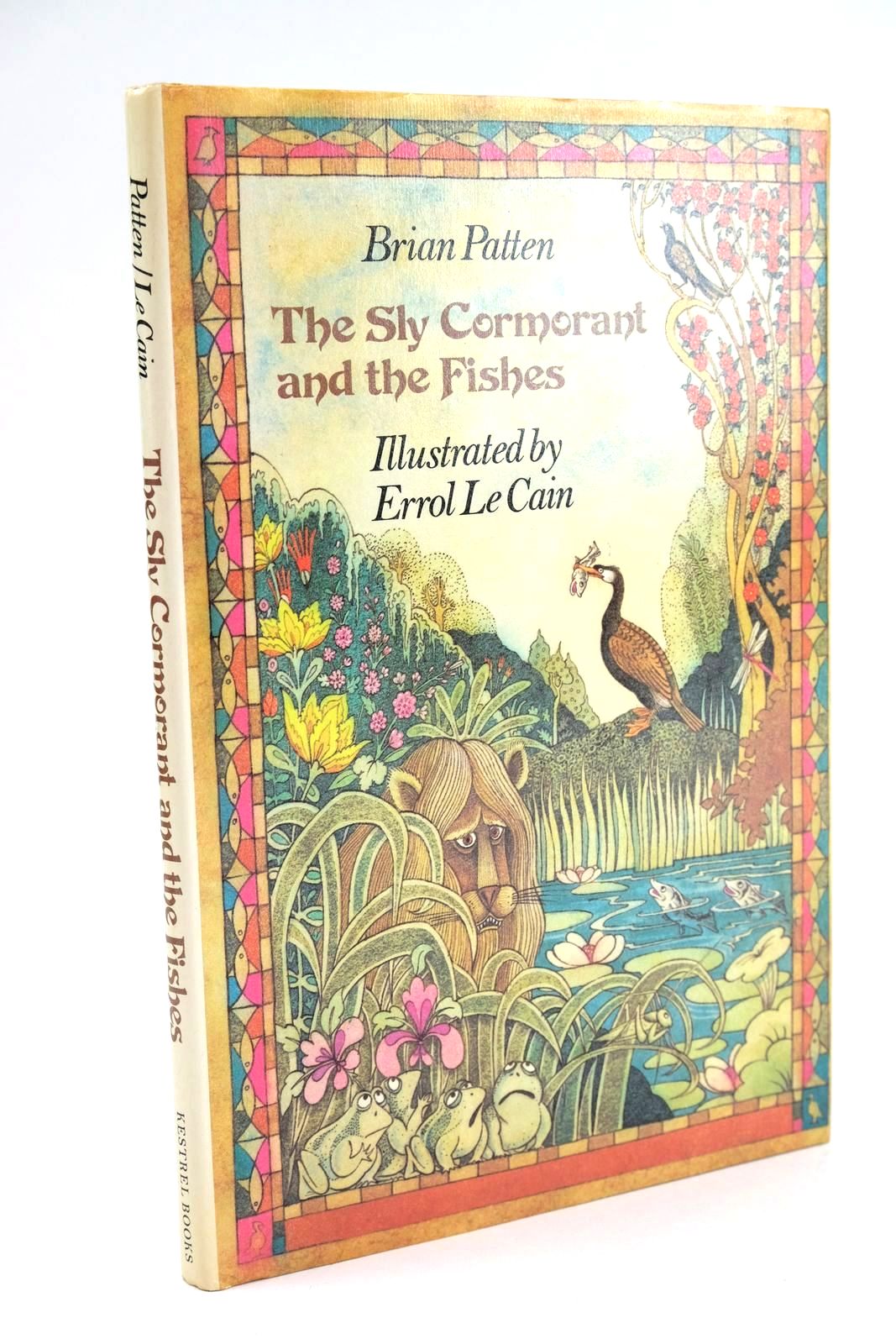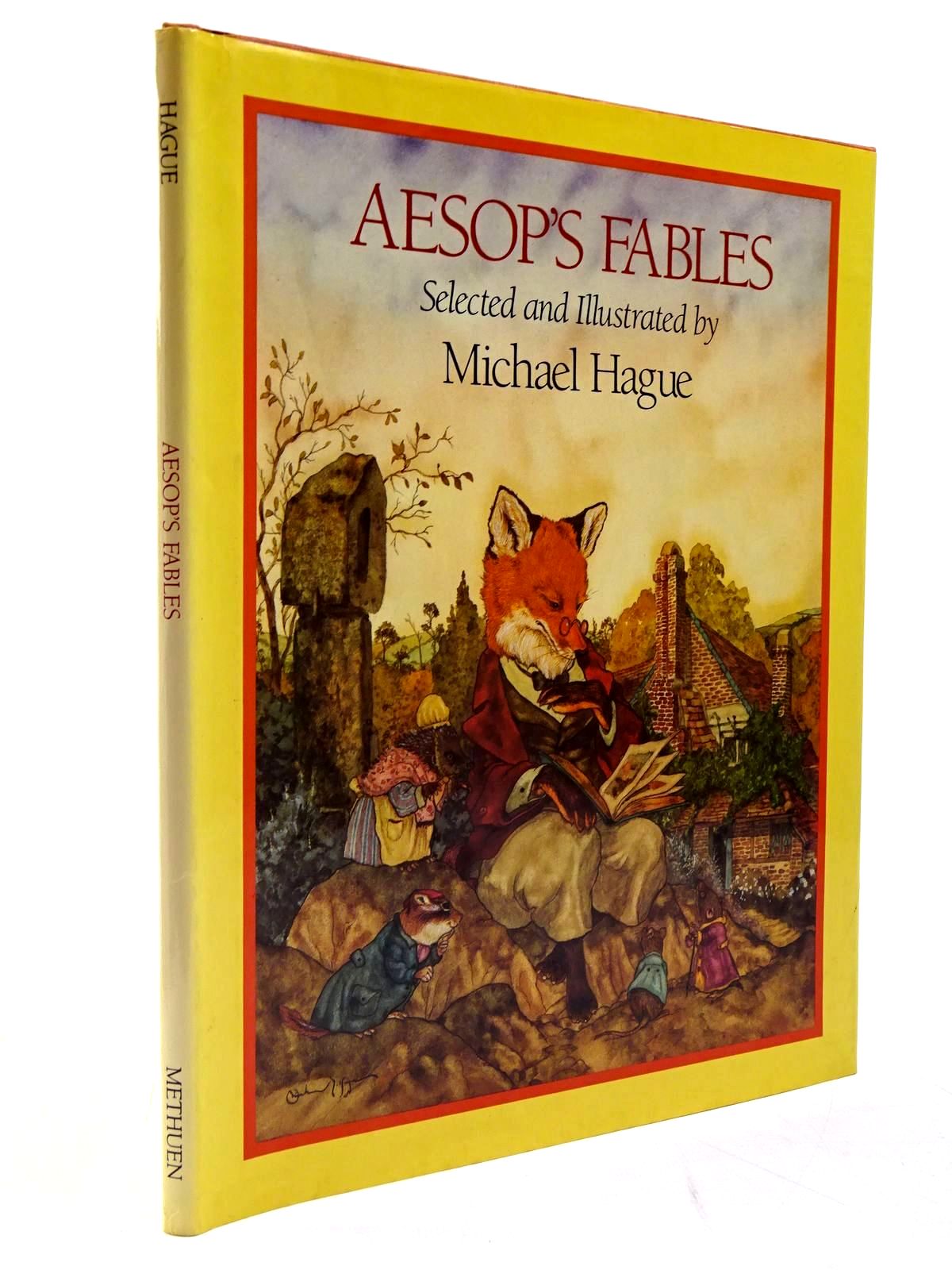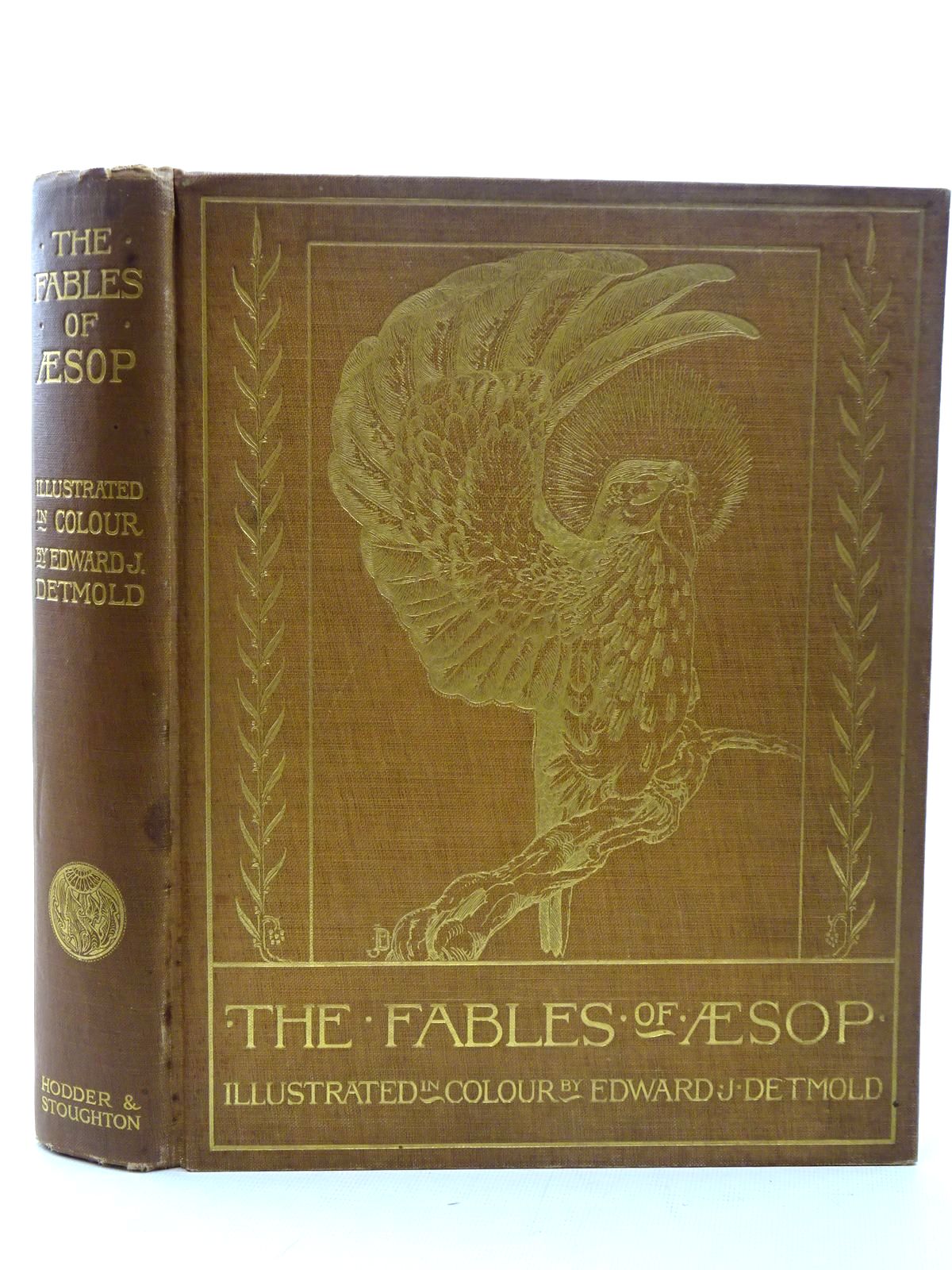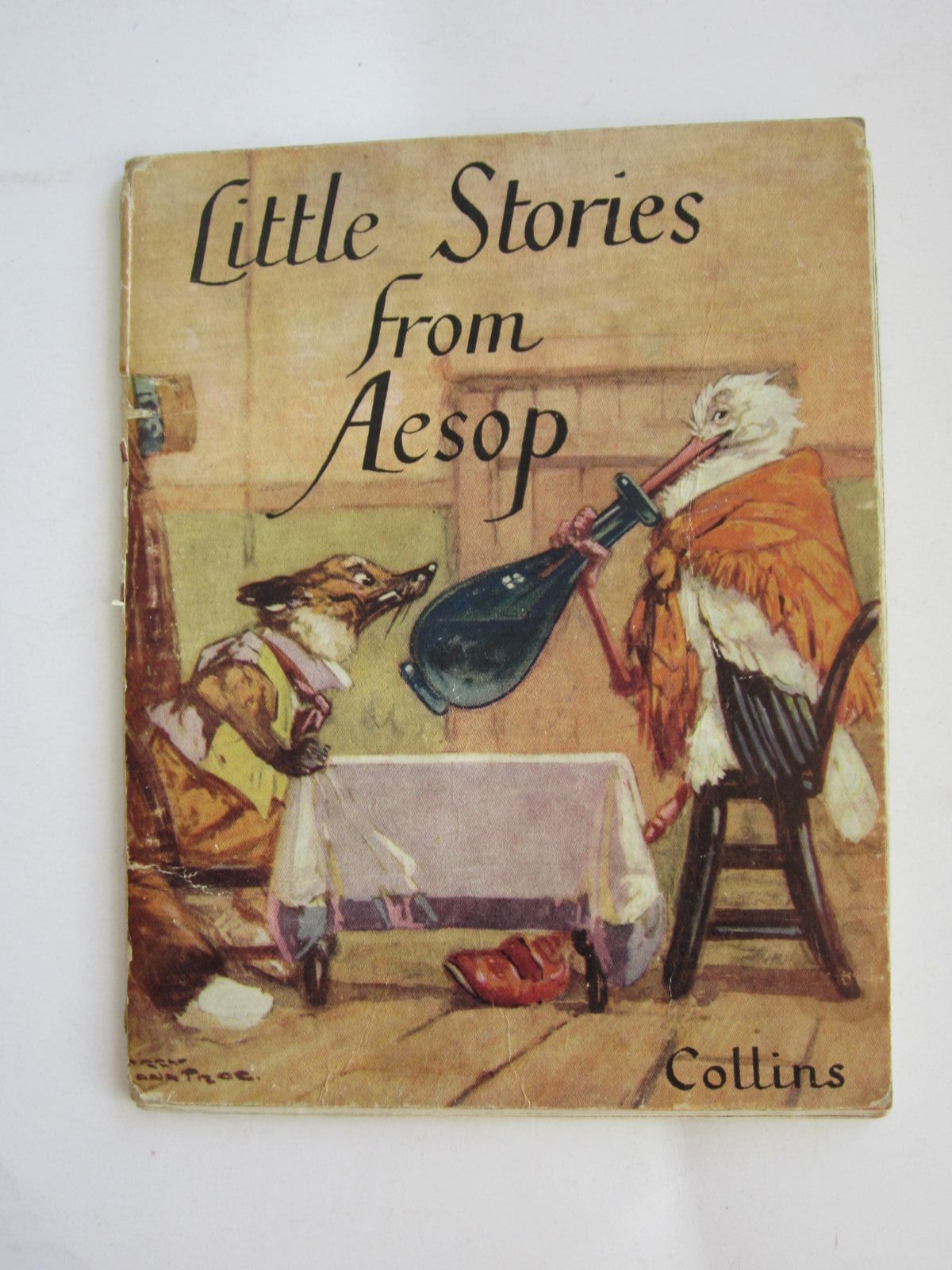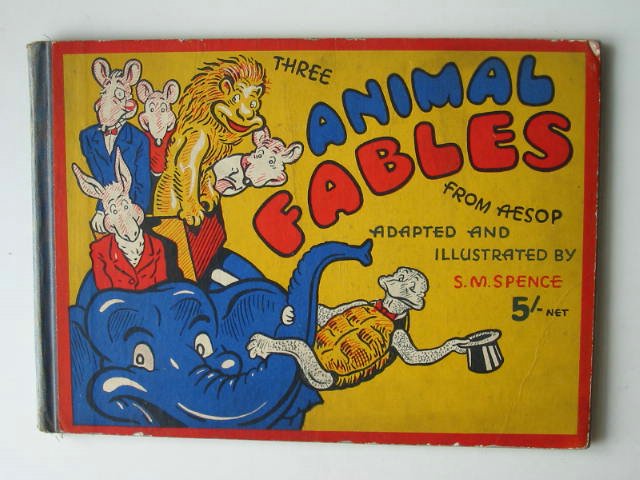Aesop
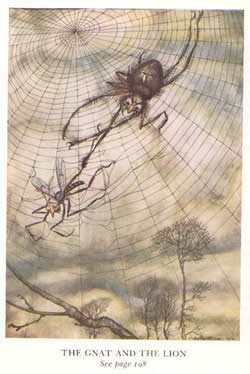 Almost all of us are familiar with Aesop’s fables – but how many of us know anything about him?
Almost all of us are familiar with Aesop’s fables – but how many of us know anything about him?
The life and history of Aesop is clouded in obscurity. It is generally accepted that he was born in Greece around the year 620 B.C. and was born into slavery. He was owned by two masters and was said to be deformed but very clever and witty. Sir Roger L’Estrange, relying on Planudes, describes the fabulist as “in his person deformed to the highest degree, flat-nos’d, huchback’d, blobber-lipp’d, a long mishappen head, his body crooked all over, big-belly’d, baker-legg’d, and his complexion so swarthy that he took his very name from’t, for Aesop is the same with Aethiop….” This complimentary description is formed without any historical basis worth consideration.
 By invitation of King Croesus, Aesop fixed his residence at Sardis and was employed by that monarch in various difficult and delicate affairs of State. One of these ambassadorial missions was the occasion of his death. Sent on a journey to the Temple of Apollo at Delphi with a large sum of gold for distribution among the citizens, he was so provoked by their covetousness that he refused to divide the money and sent it back to his master. The Delphians were so enraged at this treatment that they pushed him over a steep cliff to his death. This was around 564 B.C. A statue was erected in his memory at Athens, the work of Lysippus, one of the most famous Greek sculptors of the time.
By invitation of King Croesus, Aesop fixed his residence at Sardis and was employed by that monarch in various difficult and delicate affairs of State. One of these ambassadorial missions was the occasion of his death. Sent on a journey to the Temple of Apollo at Delphi with a large sum of gold for distribution among the citizens, he was so provoked by their covetousness that he refused to divide the money and sent it back to his master. The Delphians were so enraged at this treatment that they pushed him over a steep cliff to his death. This was around 564 B.C. A statue was erected in his memory at Athens, the work of Lysippus, one of the most famous Greek sculptors of the time.
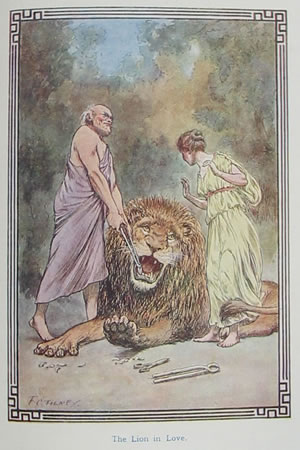 One dictionary defines ‘fable’ as: ‘ A fictious narrative to instruct or amuse, often to enforce a precept’.
One dictionary defines ‘fable’ as: ‘ A fictious narrative to instruct or amuse, often to enforce a precept’.
The fables in the first instance were only narrated by Aesop, and for a long time were handed down by the uncertain oral tradition. Indeed, if Aesop did actually commit his tales to writing, it is quite probable that a great number of fables associated with his name did originate with him. However, the only complete evidence attributes just one solitary fable to Aesop, namely The Tale of the Fox and the hedgehog.
The fables contain much sound common sense, with here and there an excellent moral lesson. Phrases commonly used today are seldom recognised as originating with Aesop – examples are “the lion’s share” or “blowing hot and cold”.
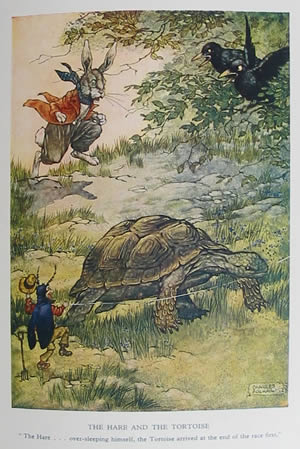 The fable is designed to teach a lesson in morality or judgement and the lessons are implied within the fable itself. One of the most impressive fables tells of a wolf peeping through a window. He sees a company of shepherds eating a joint of lamb and exclaims “Lord, what a fuss they would have raised had they caught me doing that.”
The fable is designed to teach a lesson in morality or judgement and the lessons are implied within the fable itself. One of the most impressive fables tells of a wolf peeping through a window. He sees a company of shepherds eating a joint of lamb and exclaims “Lord, what a fuss they would have raised had they caught me doing that.”
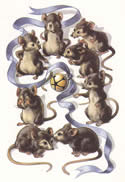 My personal favourite is ‘Who will Bell the Cat?” - The Mice had a meeting to plan how to free themselves from their enemy, the Cat. They wanted to be able to tell when he was coming. After many plans were discussed, a Young Mouse stood up and said: "I have a simple plan that can work. All we have to do is to put a bell on the cat's tail. That way we can tell when he's coming." All of the mice were excited with such a good idea. As they began rejoicing, an Old Mouse stood up and said in the middle of their excitement: "Who is going to put the bell on the Cat's tail?" The moral being some things are easier said than done!
My personal favourite is ‘Who will Bell the Cat?” - The Mice had a meeting to plan how to free themselves from their enemy, the Cat. They wanted to be able to tell when he was coming. After many plans were discussed, a Young Mouse stood up and said: "I have a simple plan that can work. All we have to do is to put a bell on the cat's tail. That way we can tell when he's coming." All of the mice were excited with such a good idea. As they began rejoicing, an Old Mouse stood up and said in the middle of their excitement: "Who is going to put the bell on the Cat's tail?" The moral being some things are easier said than done!
Contributed by Sonia Bryant
Research gathered from George Fyler Townsend translation, Aesop’s Fables (with preface by Gordon Home), and http://www.duboislc.net/read/Aesop/Aesop.html
If you enjoyed this then why not look at our other articles.
(Published on 1st Oct 2005 )




